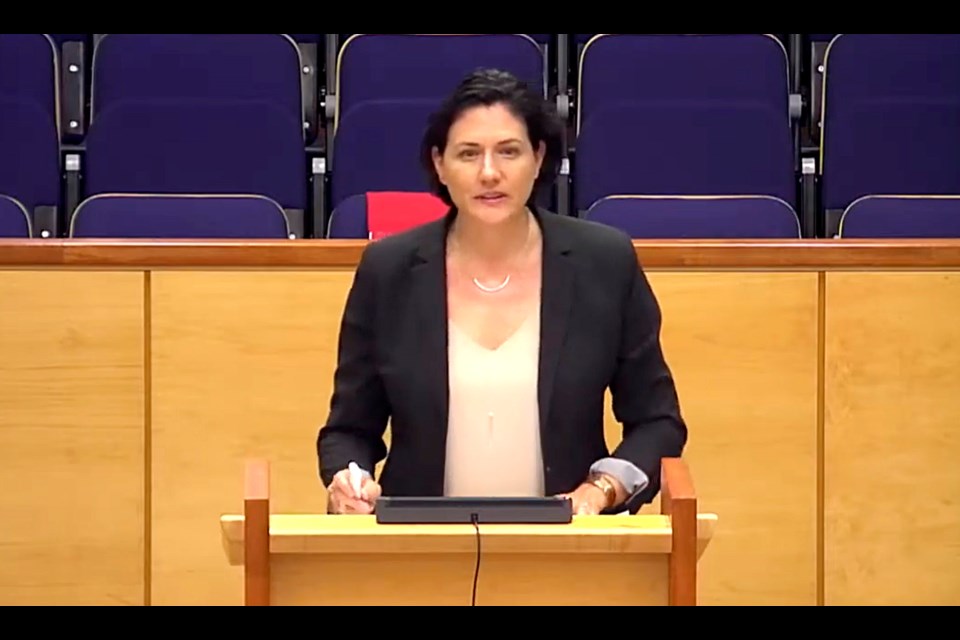Preliminary findings indicate most Niagara residents are satisfied with the current system of representation at the municipal and regional levels of government.
Last Thursday Regional Council held a special meeting to study the results of a governance survey produced by Environics Research, a national polling and market research firm based in Toronto, hired by the Niagara Region on behalf of the 12 Local Area Municipalities.
The provincial government, under Doug Ford, is looking at governance across Ontario and the possibility of change has every municipality in the province looking at possible outcomes. The study looked at keeping the status quo with existing municipal and regional levels staying intact. It also considered partial amalgamation (a four city option has been proposed) as well as a one-Niagara solution being put forth by some stakeholders.
Jodi Shanoff, Vice President, Consultation and Engagement, Environics Research attended the meeting to present their findings.
She explained their firm conducted a telephone survey of Niagara Region residents between May 30 – June 17, 2019.
The 12-page document concluded that, with respect to the existing governance model in Niagara, most respondents were happy with efficient delivery of services and easy access to services as well as a strong sense of community where people feel they belong. They also feel they have easy access to councillors and current councils are governing in a way that is environmentally responsible and sustainable.
All of these components scored over 60 per cent satisfaction rate. And 75 per cent of respondents feel they receive good value for their tax dollar at the municipal level and 66 per cent feel the same about the regional level.
But respondents were almost evenly split on the effect of a larger government and its ability to deliver services. The survey showed 42 per cent predicting an improvement and 48 per cent expecting a decline in services. They were also split on the idea of one councillor sitting at both levels or keeping the current system of one set of councillors elected at each level, municipal and regional.
The report concluded:
1) Residents generally express confidence in the current state of representation in Niagara Region; they feel well-served by current political representation, feel their interests are well represented by the two-tier system and derive value for the taxes they pay to both tiers of municipal government.
2) There are small pockets of evidence of a limited appetite for some changes to the two-tier system. A significant proportion of Niagara Region residents anticipate efficiencies derived from one set of councillors to represent residents at both municipal levels. However, this sentiment is limited as it runs into opposition from a majority of residents who believe a larger government will result in a decline in service delivery and who strongly oppose any increase in property taxes to fund a new, larger municipality.
3) Support for the current government structure translates into confidence that existing representation can best deliver important services and community character. Amalgamation scenarios receive diffused support for the delivery of some municipal responsibilities, however the overall tone of support for the current structure and pronounced opposition to any changes that would negatively impact service delivery or taxation suggest that resistance to change would be vocalized should amalgamation be imposed throughout the region.



